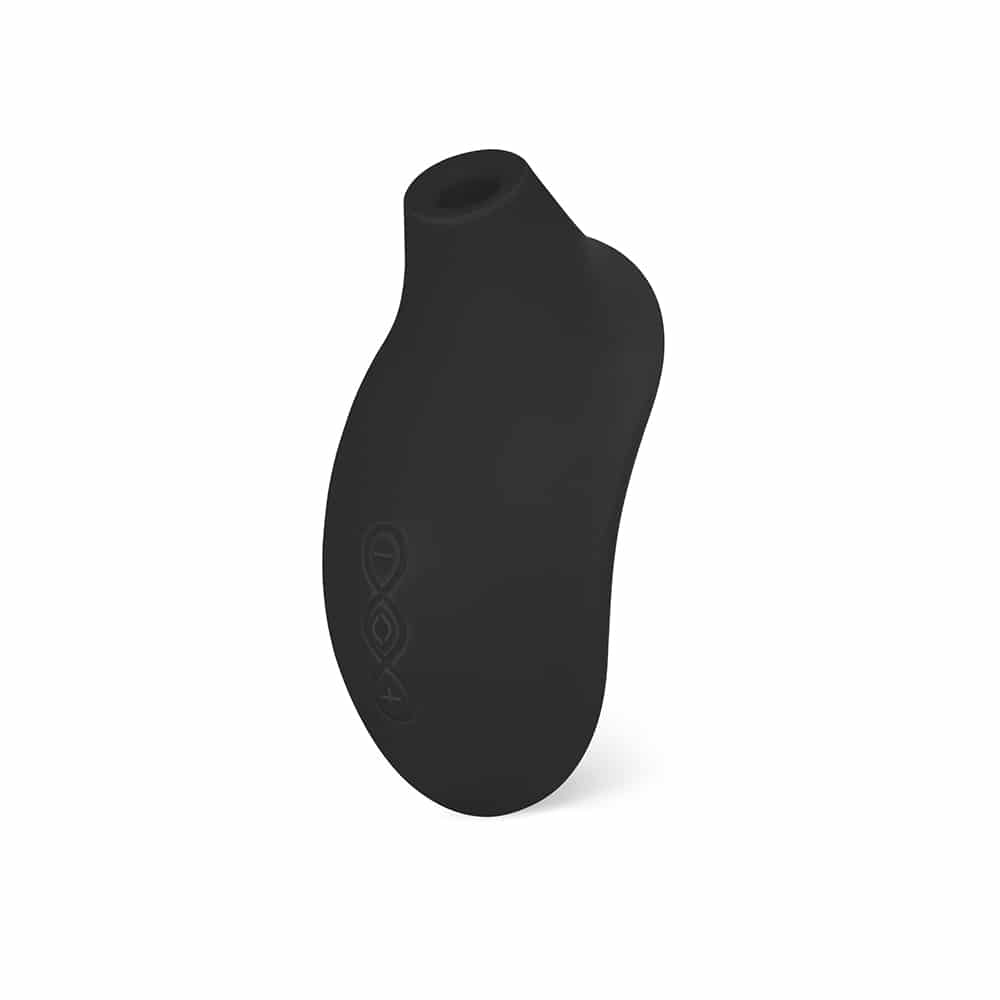A lot of things can come out of the human body when you’re aroused – discharge, ejaculation, and sometimes, even pee.
If you pee when you orgasm, you’re not alone. An estimated 60% of women experience incontinence or leakage during sex, either occasionally or consistently. Peeing when you orgasm just comes down to biology.
Why Do People Pee When They Orgasm?
Everybody is unique, and while there are a few underlying factors, it’s hard to say exactly why you pee when you orgasm – without going to a healthcare professional.
There isn’t much research on the difference between peeing during an orgasm, or peeing during sex (coital incontinence), so we’ll take a look at both. Urinary incontinence is very common among adults – up to 80% of women.
If you already experience some level of urinary incontinence, it’s easy to pee a little (or a lot) with various physical pressures and stimulations. It’s hard to find an exact statistic, but researchers estimate that somewhere between 10%-27% of women pee during sex.
Incontinence is when you frequently experience the urge to pee and/or when you leak urine. This can happen when you’re walking, when you cough or sneeze, or when you orgasm.
The most common causes of incontinence are:
- Urinary tract infections
- Pregnancy and birth
- Pelvic floor injuries
- Certain medications like antidepressants and those for blood pressure
Men can also experience incontinence during sex or when they orgasm, although it’s much less common since the opening to the bladder closes during erection.
People who have had their prostates removed, usually to treat prostate cancer, are much more likely to experience incontinence during sex.
Pee vs. Squirt: The Great Debate
We can’t talk about peeing during sex without talking about squirting. It’s hard to get an actual estimate, but somewhere between 10% to 54% of women squirt or produce other fluids during sex. While squirt does have urine in it, they’re not the same thing.
Women have what’s called the Skene’s glands, sometimes referred to as the female prostate. These glands lie on the lower end of the urethra and swell during arousal, secreting lubricating fluid.
The Skene’s gland, along with the bladder, is also partially responsible for squirting. “Squirt” is a combination of uric acid, creatine, and yes – urine. For some people, squirting seems to happen involuntarily, while others can squirt voluntarily. It most often happens while stimulating the G-spot, as it’s close to the Skene’s gland, but it can also happen from clitoral and even anal stimulation.
The Skene’s gland also produces female ejaculate, a milky fluid that’s sometimes released during an orgasm. Female ejaculate is milky and comes out in small amounts, whereas squirt is more watery and tends to be clear or yellowish.
So, how do you know if you’re peeing or squirting when you orgasm? Unless you get it tested in a lab, you likely don’t know for sure. Based on anecdotal evidence, however, squirting and peeing tend to feel different.
Peeing tends to come out in one continuous stream, whereas squirting may come in small (or large) bursts. Intuitively, people who squirt can tell the difference between peeing and squirting. While both offer a relief, squirting tends to be more sudden and has more of a sexual sensation.
Some people become aroused specifically by urinating on their partner or being urinated on. This is typically called pee play or “golden showers”.
How To Stop Peeing During Orgasm
If you suspect that you’re actually peeing during sex or when you orgasm versus squirting, we recommend contacting a medical professional. They’ll most likely refer you to a specialist like a gynecologist or pelvic floor physical therapist.
This specialist may recommend a variety of treatments like:
- Finding sex positions that don’t put pressure on your bladder
- Bladder retraining
- Pelvic floor physiotherapy
- Getting botox in your bladder muscle
- Using electrical stimulation therapy
- Limiting diuretic beverages like caffeine or alcohol, especially before having sex
- Pee before and after having sex
- Trying certain medications like anti-tremor medications or ones that reduce bladder spasms
You can start strengthening your pelvic floor muscles on your own with Kegel exercises, which can also help you have better orgasms. Here’s our quick guide to kegels:
- Urinate before starting.
- Find a comfortable position – lying down, sitting up, or even standing.
- Pinpoint the muscles that you would use to hold or pause urination.
- Tighten those muscles for five seconds, then relax them.
- Avoid clenching your glutes or abdominal while doing this, just focusing on the pelvic floor muscles.
- Aim for about 20 kegels at a time. You can do this multiple times a day.
If you happen to pee when you orgasm, there’s nothing to be ashamed of, but there are steps you can take to help minimize leakage. In the meantime, protect your mattress and enjoy sex no matter what comes out of your body.
Discover pleasure with:







